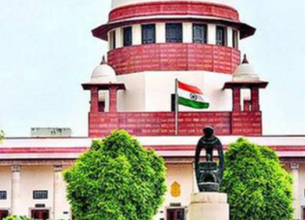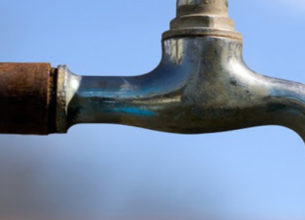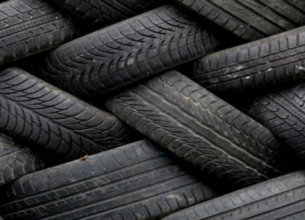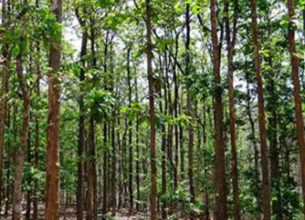RE-GRASSING IS MANDATORY AFTER MINING, RULES SUPREME COURT
09, Jan 2020
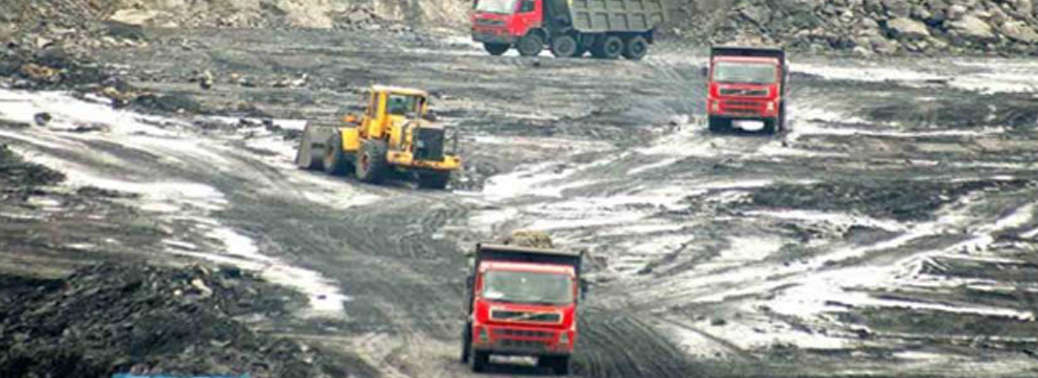
Prelims level : Environment- Conservation
Mains level : GS-III Conservation, Environmental Pollution and Degradation, Environmental Impact Assessment.
Why in News?
- The Supreme Court on Wednesday ordered that mining lease holders should be held responsible for re-grassing mined areas so that biodiversity gets a second chance in these scarred landscapes.
- The Supreme Court ordered the government to include re-grassing of mined areas as a mandatory condition in every mining lease, environmental clearance and mining plan across the country.
Direction of the Supreme Court:
- The Supreme court directed the Union government to impose a condition in the mining lease and a similar condition in the environmental clearance and the mining plan to the effect that the mining lease holders shall, after ceasing mining operations, undertake re-grassing the mining area and any other area which may have been disturbed due to their mining activities and restore the land to a condition which is fit for growth of fodder, flora, fauna, etc.
- The government was directed to devise the necessary methods to ensure compliance by mining lease holders. The cost of re-grassing the mined area and wherever damaged would be entirely borne by the licence holder.
- The mandatory re-grassing would be in addition to the other conditions to restore biodiversity imposed on the licence holder in the mine closure plan.
Environmental Legislations Governing Coal Mining in India:
1. Forest (Conservation) Act, 1980:
- Consent is required under this act for any mining activity in a Forest Area.
2. Air (Prevention & Control of Pollution) Act 1981 and Water (Prevention & Control of Pollution) Act 1974:
- Consent from the relevant state Pollution Control Board is required before establishing or operating any industry or process likely to pollute the Environment.
3. Hazardous Wastes (Management and Handling) Rules 1989:
- Consent from relevant State Pollution Control Board is required in respect of “Hazardous Waste”.
4. Environment Protection Act 1986 and Environmental Impact Assessment Notification 2006.
- Environmental Clearance required.
Environmental Issues Related to Mining:
1. Soil pollution:
- The environmental issues caused by mining include erosion, formation of sinkholes, loss of biodiversity, and contamination of soil, groundwater and surface water by chemicals from mining processes. In fact, the effects of coal mining persist for years.
- The soil gets polluted by strip mining as it involves removal of top soil, wind erosion from overburden dumps, coal heaps, tailing ponds, dust generated due to heavy machinery used for extracting coal, burning of coal, loading and unloading of coal.
- An area which is mined results in complete elimination of grass which in turn denies fodder to the herbivores. The only solution can be re-grassing of such mined areas.
- Vegetation pattern gets changed and it is generally observed that there is an increase in area covered by sparse vegetation and barren land.
- Loss of biodiversity and local heritage due to mining activities.
- Example:Environmental pollution has been caused by the Makrana marble mines in Rajasthan, the Granite mines of Karnataka have left a large hole on earth, Damodar river has been severely polluted by coal mining.
2. Changes in Topography:
- Changes in topography can occur due to clearing of land for opencast mining, erecting infrastructure related to underground mining, dumping of solid wastes in nearby areas, subsidence due to fires.
- Subsidence may lead to loss of infrastructure and may also lead to a change in the natural drainage pattern of the area.
3. Air Pollution:
- The major sources of air pollution are blasting and drilling operations, coal fires, vehicular traffic, heavy trucks plying on haul roads, loading and unloading of coal, wind erosion from overburden dumps.
- The major pollutants include oxides of Nitrogen and Sulphur, Suspended Particulate Matter, Respirable Particulate Matter, Polyaromatic Hydrocarbons and Benzene Soluble Matter.
- Contaminated air with high particulate matters is also a major problem in Mining Rich Regions.
- Coal fires are also a major issue.
4. Water Pollution:
- Water Pollution – water from streams and rivers in mining areas have become acidic and unfit for drinking. Eg: Meghalaya’s Kopili River, Damodar River etc.
- Major sources of water pollution are drainage from mining sites, sediment runoff from mining site, erosion from overburden dumps and spoils heaps, leaking from tailing pond heated and heavy metals loaded effluents from coal industries and sewage effluents
5. Noise pollution
- Cumulative effect of different mining activities like blasting, drilling, crushing and movement of vehicles cause noise pollution.



